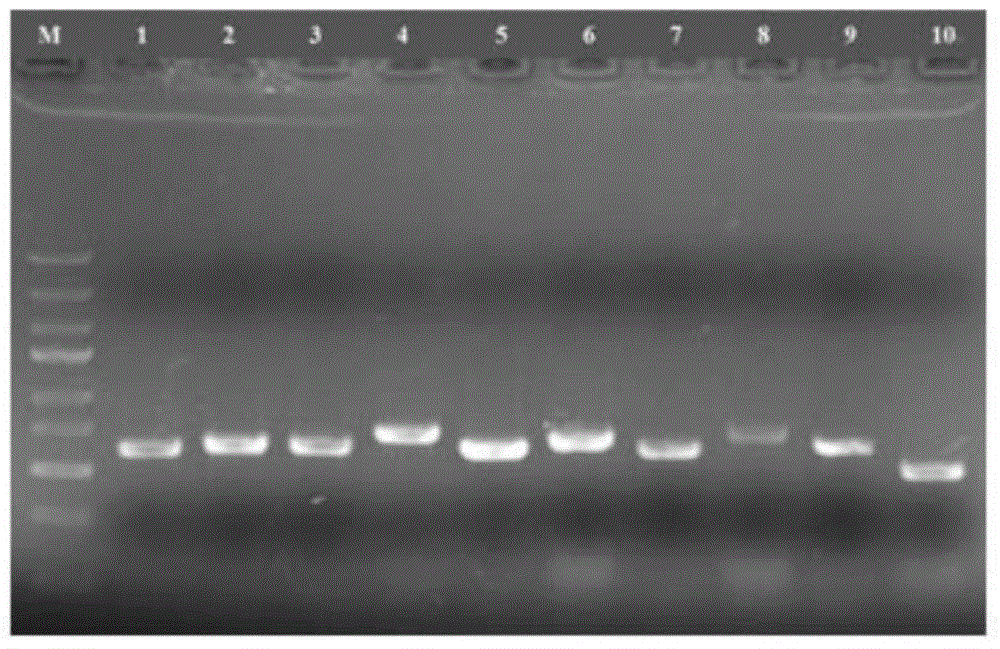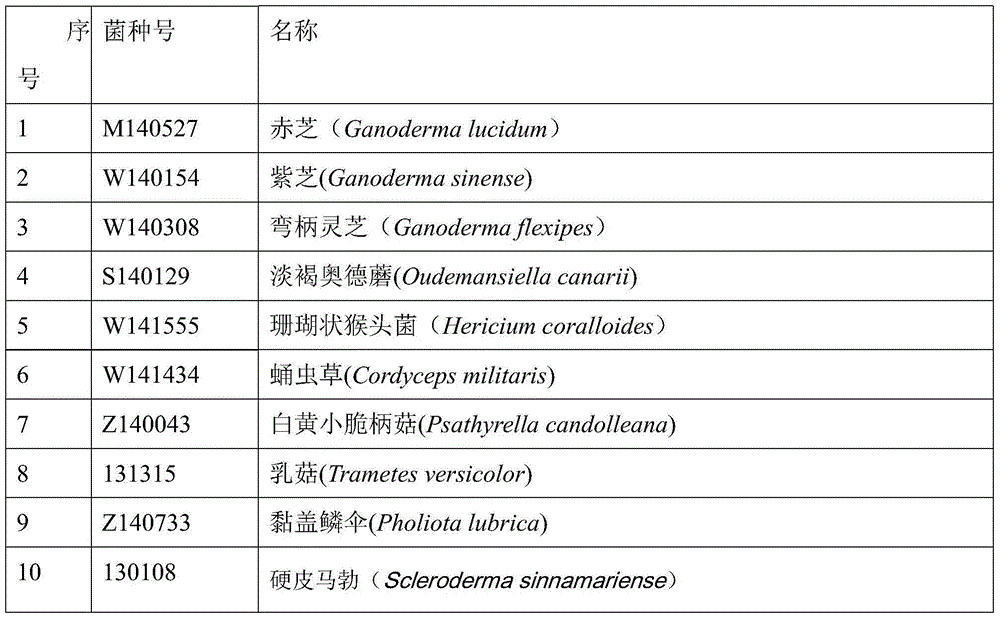Culture collection method for fungi mycelium
A technology of mycelium and fungi, applied in the field of microorganisms, can solve problems such as mycelium cross-contamination, high concentration of fermentation broth, and difficulty in obtaining mycelium
- Summary
- Abstract
- Description
- Claims
- Application Information
AI Technical Summary
Problems solved by technology
Method used
Image
Examples
Embodiment 1
[0018] A method for cultivating and collecting fungal mycelium, comprising spreading cellophane on a medium plate for fungal growth, aseptically inoculating fungal seed blocks on the cellophane on the medium plate, and waiting for the mycelium to cover the medium plate Finally, the cellophane was taken out, and the mycelium on the cellophane was collected.
Embodiment 2
[0020] A method for cultivating and collecting fungal mycelium, sterilizing cellophane, preparing a medium plate suitable for the growth of fungal mycelium, after the medium is solidified, spreading the sterilized cellophane on the medium plate, aseptic Insert the fungal seed block, cover the medium plate cover, place the inoculated plate in an environment suitable for fungal growth, observe the growth of the mycelium during the period, and discard it if it is polluted until the fungal mycelium grows. After the medium plate is full, the cellophane is taken out from the medium plate, placed in a new vessel, and the mycelium on the cellophane is scraped to obtain the collected fungal mycelium.
Embodiment 3
[0022] A method for cultivating and collecting fungal mycelium:
[0023] 1. Cut the colorless and transparent cellophane into a circle slightly smaller than the diameter of the petri dish, wrap and sterilize for later use;
[0024] 2. Pour the prepared and sterilized fungal mycelium medium liquid into the plate in the ultra-clean bench, and spread a layer of cellophane on the medium plane after the medium plane is slightly solidified to obtain a medium plate with cellophane;
[0025] 3. Aseptically insert a fungal seed block with a size of (0.5 ± 0.2) cm * (0.5 ± 0.2) cm on the cellophane of the culture medium plate, cover the plate well, and seal it with a parafilm.
[0026] 4. Place the inoculated plate in an environment suitable for fungal growth until the mycelium is covered with the plate;
[0027] 5. Use tweezers to gently pick up the cellophane and transfer it to a new empty Petri dish to easily separate the mycelium from the medium;
[0028] 6. Scrape the mycelium on...
PUM
 Login to View More
Login to View More Abstract
Description
Claims
Application Information
 Login to View More
Login to View More - R&D
- Intellectual Property
- Life Sciences
- Materials
- Tech Scout
- Unparalleled Data Quality
- Higher Quality Content
- 60% Fewer Hallucinations
Browse by: Latest US Patents, China's latest patents, Technical Efficacy Thesaurus, Application Domain, Technology Topic, Popular Technical Reports.
© 2025 PatSnap. All rights reserved.Legal|Privacy policy|Modern Slavery Act Transparency Statement|Sitemap|About US| Contact US: help@patsnap.com


